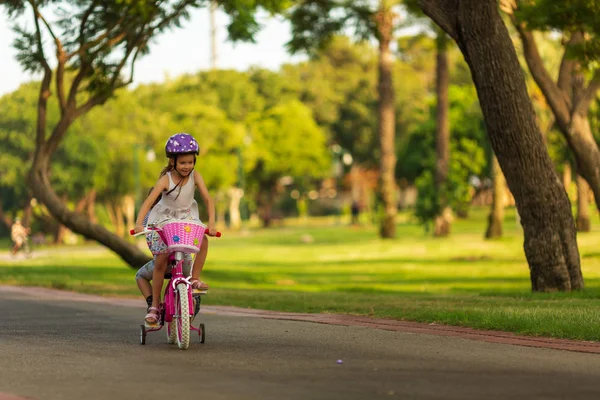Find out the ” Early Life Environmental Exposure Benefit” Childhood bone development lays the foundation for lifelong skeletal health, impacting the risk of osteoporosis and fractures later in life. A recent study published in JAMA Network Open delves into a fascinating potential contributor to this crucial process: early-life exposure to green spaces. This study, conducted with 327 children aged 4-6 years in Belgium, offers compelling evidence suggesting that growing up surrounded by nature may have a measurable impact on bone strength.
The researchers meticulously assessed the children’s bone mineral density using a safe, radiation-free method. They then meticulously mapped the amount of green space surrounding each child’s home, encompassing various distances ranging from 100 to 3000 meters. Importantly, the study also accounted for a multitude of factors that could influence bone health, including age, sex, weight, diet, and lifestyle habits.
The findings paint a vibrant picture of the potential benefits of verdant surroundings. Children who resided closer to areas rich in total green space and tall vegetation, particularly within a 500-meter radius, exhibited higher bone mineral density. This translates to stronger, more resilient bones, potentially setting the stage for improved skeletal health throughout their lives. Moreover, the study revealed a fascinating inverse relationship: increased green space exposure was associated with a significantly lower risk of having low bone mineral density. This finding adds further weight to the potential protective role of nature in early childhood bone development.
While the study provides compelling evidence for the association between green spaces and bone health, it’s important to acknowledge its limitations. The relatively short follow-up period necessitates further research to fully understand the long-term impact of early-life green exposure on bone health. Additionally, pinpointing the precise mechanisms behind this observed association demands further investigation.
Despite these limitations, the study paints a hopeful picture for the future of urban planning and children’s health. The findings suggest that incorporating and preserving green spaces within communities could potentially contribute to strengthening the skeletons of our future generations. This, in turn, could lead to a reduction in the burden of osteoporosis and fractures later in life, promoting both individual and societal well-being.
Why Bone Health Matters in Early Childhood
Building strong bones early in life is crucial for lifelong skeletal health. Bone mass reaches its peak in early adulthood, but the foundation for this peak is laid during childhood. Factors like nutrition, physical activity, genetics, and even the environment play a significant role in bone accrual during these formative years. Strong bones in childhood translate to a lower risk of osteoporosis and fractures later in life, highlighting the importance of optimizing bone health during this critical period.
What are some examples of green spaces that children can access in their local area
Some examples of green spaces that children can access in their local area include:
- Public and private parks
- Grassy lawns
- Home and community gardens
- Playgrounds
- Urban parks and gardens
- Green roofs
- Landscaping around schools and public areas.
These green spaces provide children with safe areas to play, explore, and be in contact with nature, contributing to their physical, mental, and social development
In conclusion, this study adds a valuable piece to the growing puzzle of factors influencing children’s bone health. By demonstrating the potential link between early-life green space exposure and stronger bones, it encourages further research and consideration of the role of nature in shaping the skeletal health of our next generation. By prioritizing green spaces in our communities, we may not only be nurturing ecosystems, but also fostering the development of strong, resilient bones in our children, ultimately laying the foundation for a healthier future.
ALSO READ: Migraine: Study Links Retinal Blood Flow to Aura and Pain








